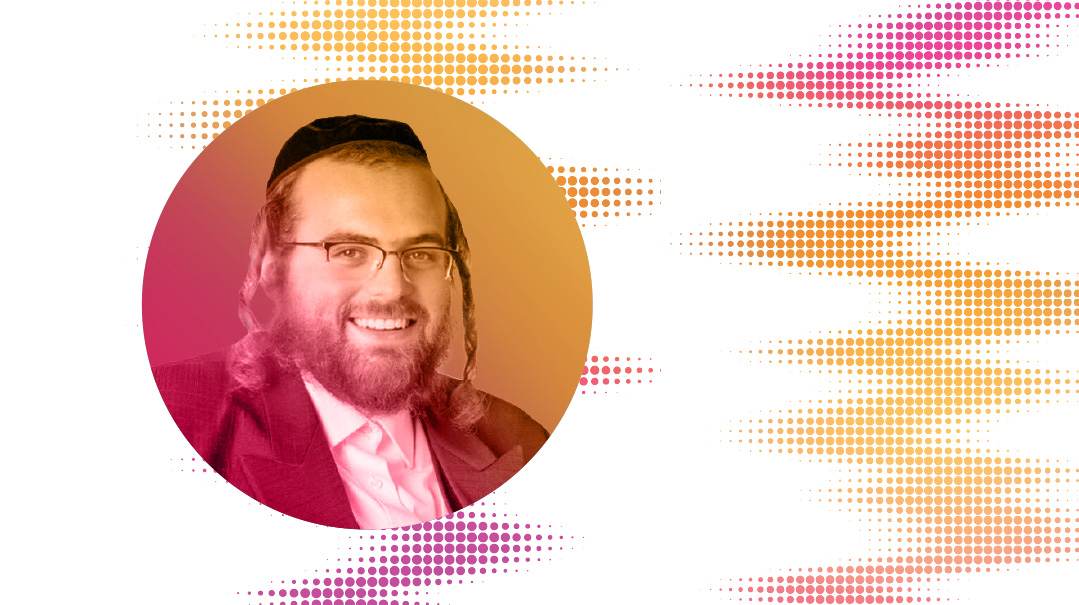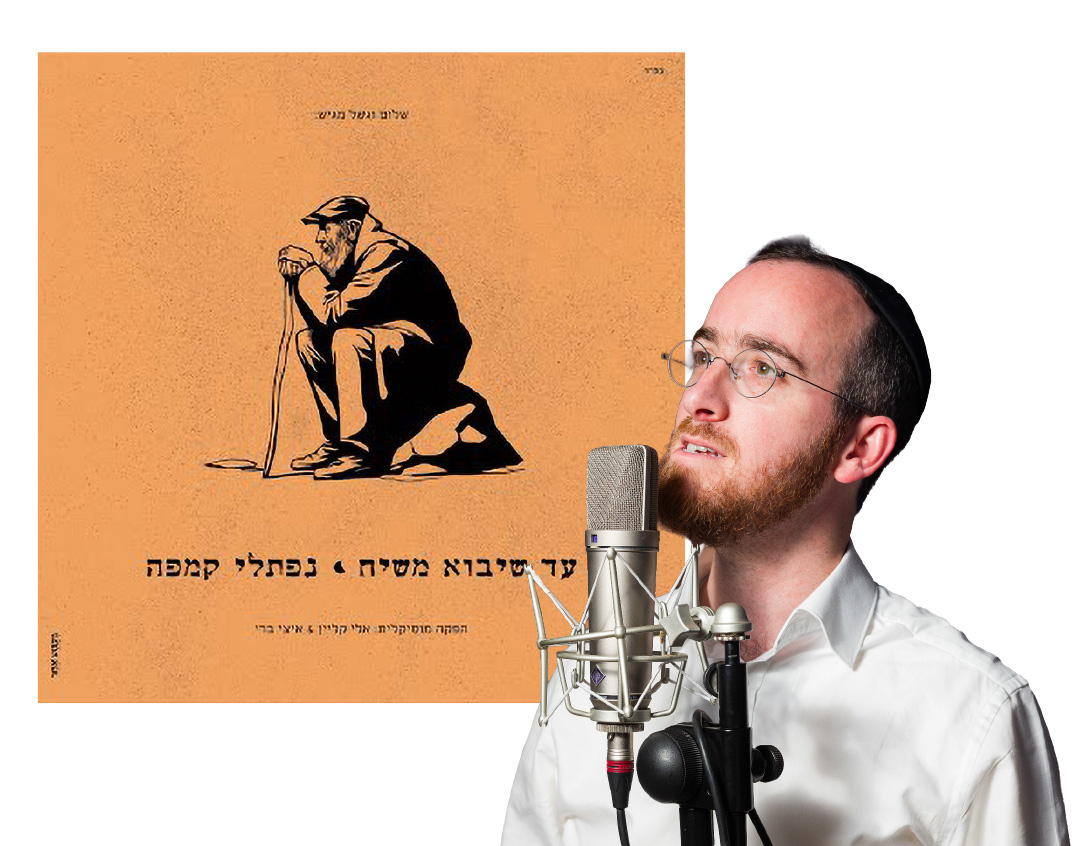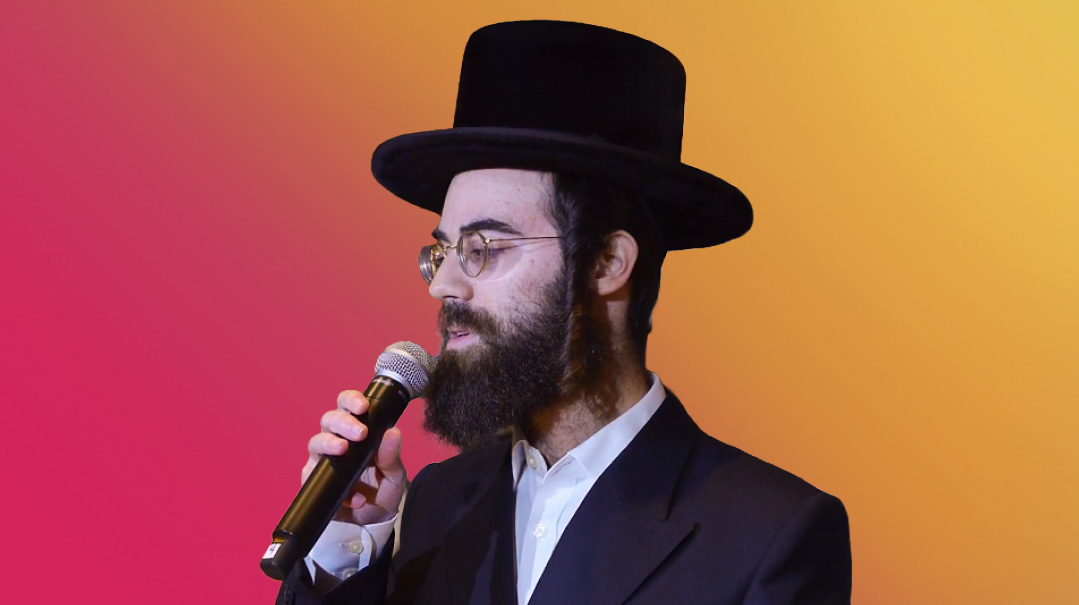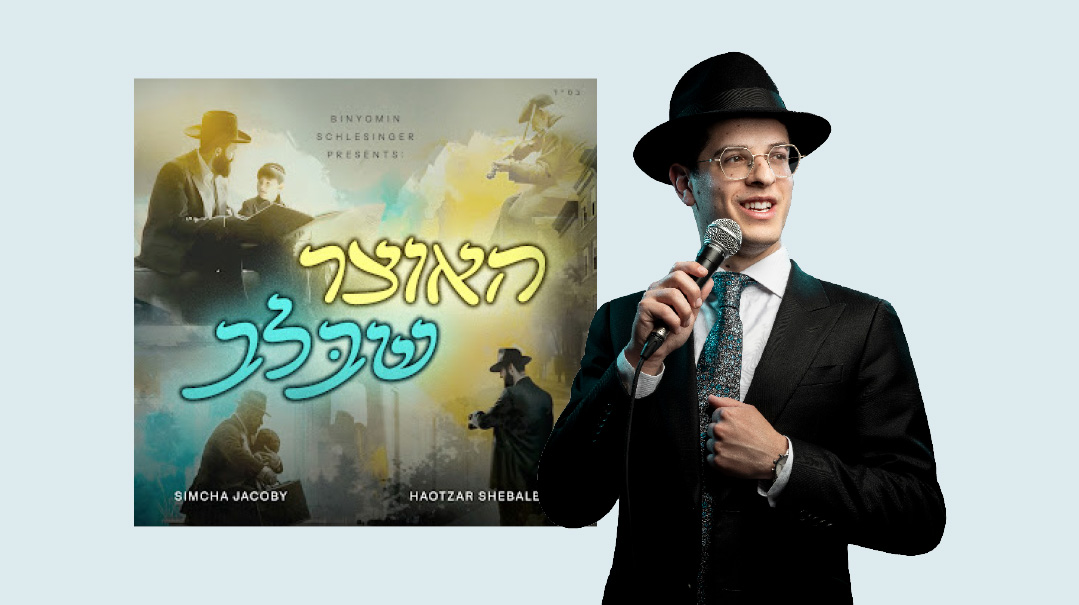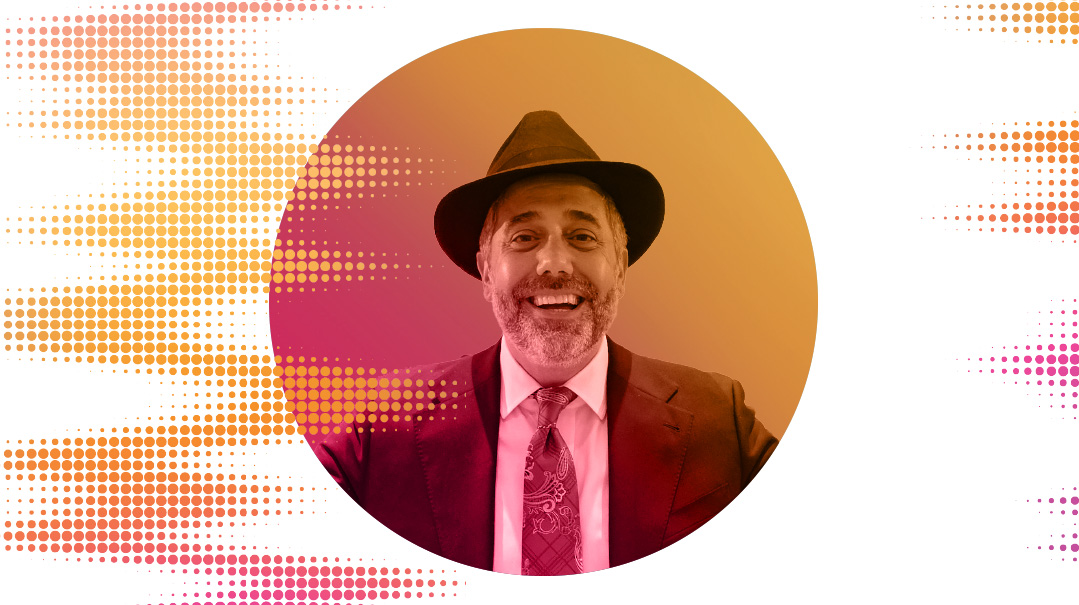On Succos the Music Never Stops
| October 2, 2017
The Story Behind the Song
“Om Ani Chomah”
Rav Dovid Cohen’s instant Hoshana niggun has endured as an ageless staple
Among the Hoshanos Om Ani Chomah is a hymn of faith and fortitude that describes the unique beauty and travails of the Jewish nation scattered and browbeaten yet untainted and loyal to Hashem and His Torah. Back when venerated posek Rav Dovid Cohen shlita was a bochur at Yeshivas Rabbeinu Chaim Berlin a friend challenged him to create a niggun on the spot. The gentle but powerful niggun he composed for Om Ani Chomah was his response: Like an artisan’s setting of a diamond it magnifies the beauty of the words.
“Om Ani Chomah” (not to be confused with the well-known Chabad niggun of the same name — “Chutsh chutsh chutsh golah v’surah…”) first appeared on a record called Torah Lives and Sings! released in 1960. Also known simply as “The Chaim Berlin Album ” it contained 12 original niggunim composed by talmidim of the yeshivah (and two by Rosh Yeshivah Rav Yitzchak Hutner ztz”l). On the record “Om Ani Chomah” was sung together with Rav Cohen’s selected words but the words were soon forgotten and the tune circulated as a wordless niggun. The Rav’s son Rav Eli Cohen says it was widely used for Lecha Dodi and as a theme song in frum summer camps. In 1969 Motty Parnes used the tune in his production Yeshiva Brass calling it simply “A Boro Park oldie.” Later Sheya Mendlowitz also used the niggun again without words on his 1983 album Something Yeshivish.
At Chaim Berlin the tune to “Om Ani Chomah” is still used annually at the Simchas Bais Hashoeivah. Rav Eli Cohen says it’s been a part of the Succos atmosphere there for years. “The Rosh Yeshivah loved the song and at the mesibah in honor of his Succos maamar on Yaakov Avinu’s Ushpizin night he used to ask my father to sing it.”
Succos is when you can see the music
According to guitarist and band leader Menachem Herman who has been playing at some of Jerusalem’s most popular Simchas Beis Hashoeivah events for decades the crowds of locals and tourists who spend Succos nights joining the festivities are drawn to the Holy City for a good reason. “There is a consciousness that it’s a Torah commandment to be happy. You can really feel that the crowd is living the songs — there’s something almost magnetic hypnotic in the air and in the music which sweeps people into the joyous atmosphere of Succos and makes the dream of the Beis Hamikdash almost tangible.”
Many years ago Menachem — who started out with the Diaspora Yeshivah Band in the early 1980s — played at Yeshivas Chevron on Succos; more recently he’s been behind the amplifiers at the famous celebrations in Toldos Aharon and Breslov in Meah Shearim. He says that both are fueled by the same power: joyous teshuvah. “I know some people for whom Simchas Beis Hashoeivah is the highlight of the year — it literally keeps them going.”
In Breslov Menachem says the dancing stops at midnight and then slow songs of connection are played. Later there is a last round of leibedig music and dancing. Karlin Dushinsky and several yeshivos have begun to follow this pattern as well while celebrations may continue until the wee hours of the morning or even all night long. To Menachem it’s very different from the wedding halls he can be found in on other nights of the year. “You can see the kavanah in the dancing.”
Municipalities all over Israel arrange Simchas Bais Hashoeivah celebrations with featured singers and bands. “It’s open to everyone so there’s a very broad spectrum of participants dancing together which creates a very ‘Am Yisrael feeling’ that is absolutely beautiful ” says Herman. “The songs played are widely known tunes so everyone can join in.”
In Vizhnitz Meir Adler plays with unlimited energy
For the 22nd year running Meir Adler will be playing the keyboard at the central Vizhnitz Simchas Beis Hashoeivah in Bnei Brak. Every night of Chol Hamoed from 8:30 to past midnight streams of people converge upon the Vizhnitz succah although the “ushpizin nights” of the current Rebbe — Yaakov (Yisrael) — and the previous Rebbe — Moshe — draw the biggest crowds the songs and music carrying far into the humid night.
In honor of the Ushpizin of Yaakov and Moshe a clarinet is usually added to the ensemble; otherwise the musical accompaniment for the huge crowd consists of just Meir Adler on his keyboard and Yanky Daskal as soloist backed by a choir of Vizhnitz chassidim.
Each evening of Chol Hamoed the band plays from the time the Rebbe arrives until he washes for a seudah that signals the beginning of the tish while the dancing stills and the music segues into more serious niggunim. The 15 Shir Hamaalos are all recited aloud and the privilege of saying them is sold as an honor. “The first and last Shir Hamaalos are always purchased for the Rebbe ” Meir Adler explains. “So people vie for the right to buy them. Some are sold for money others are sold for dapim of Gemara or Shulchan Aruch. Anyone who buys a Shir Hamaalos for the Rebbe for learning will have to bring him a note later in the year stating that he actually learned the material and was tested on it.” One night the sale is open to bochurim only and the currency is relegated to hours of learning.
When the Rebbe dances the traditional “Vizhnitzer hakafah” is played. This is the niggun that the Rebbe always uses for mitzvah tantz as well. “It’s actually the tune of the sixth hakafah Ozer Dalim ” Adler explains “but it’s never sung with its words.” The first and last Shir Hamaalos are also accompanied by this niggun.
In 2010 and 2014 two Succos in Vizhnitz albums — live recordings of Adler and Daskal and the choir — were released. While many listeners simply enjoyed the leibedig style and Yom Tov feel of the music others were after something else. Every year the Vizhnitz choir mines the memories of elderly chassidim to unearth forgotten chassidish niggunim and to locate collections of old records which they then refurbish.
“We take old niggunim that everyone has forgotten about and rearrange them with new geshmak ” Adler says. Mainly Vizhnitz songs have been included in this project but Skulen Chabad and Karlin niggunim have all benefited. Little-known tunes by composer Zeidel Rovner who sang for the Imrei Chaim of Vizhnitz and by Yankel Talmud of Gur have been revived here. But not everything is old. The song “Ki Hirbeisa ” which was composed by Slonimer chassid Avraham Melovitzky in 2008 was first heard in the Vizhnitz succah several years before Avraham Fried’s single was released.
While Adler plays for five hours straight each night he waves away any suggestion that his job is hard or strenuous. “When you’re a chassid by your rebbe ” he says “nothing is hard.”
Yoeli Dykman keeps the Yom Tov going long after three stars appear
It’s one event that arranger Yoeli Dykman absolutely won’t miss. “I’ve been zocheh to be part of the Hakafos Sheniyos at the Beit Shmaya yeshivah in Bnei Brak for the past five years. It’s an unbelievable atmosphere of Torah energy and joy.” For almost six hours on Motzaei Simchas Torah hundreds of bochurim and visitors will extend the rarified atmosphere of the day with singing and dancing with their roshei yeshivah while the women can enjoy a live video hookup nearby.
“The songs are very traditional at Hakafos Sheniyos” he says. “We sing all the traditional Torah songs like ‘Nagil Venasis B’zos HaTorah ’ ‘P’sach Shaarei Shamayim ’ and other songs of that genre. No new releases usually — it’s not the place for it. It’s not a concert. I remember doing something a little risky last year— we sang ‘Eitz Chaim Hi ’ from Rechnitz’s new album bringing in something fresh. I was a little nervous about that but it was very well received too.” (Originally featured in Mishpacha Issue 680)
Oops! We could not locate your form.







